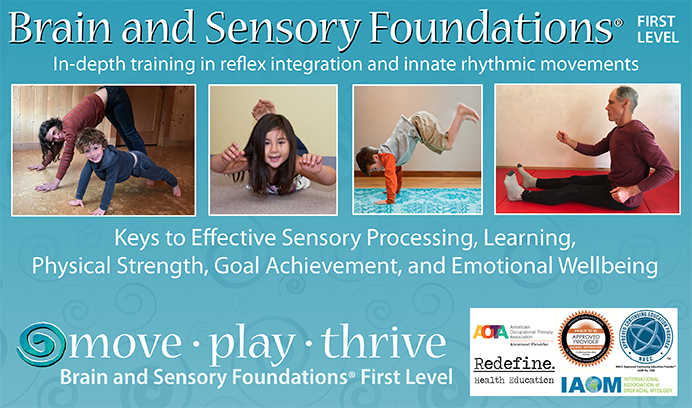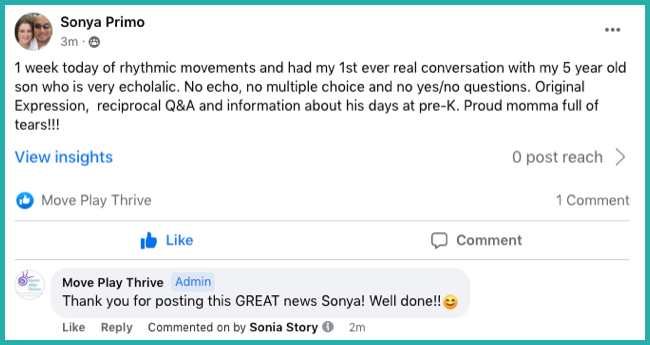Background on my son:
5.5 yrs old. Diagnosed with high functioning Autism at 4. Echolalic and scripts. Uses his scripting as a form of stimming when he is playing, uncomfortable
or trying to avoid non-preferred situations. Has a large vocabulary due to echolalia but minimal original expression. Echoes are very clear, original
expressions may be garbled. Will answer yes/no questions and multiple choice with 2-3 choices. 3-5 word utterances. No reciprocity other than
yes/no and choices. Will request wants and refuse unwanted items. Very active, jumping, climbing and playing constantly. Difficulty sitting still for
non-preferred tasks. Will attend indefinitely if it is a preferred task. Difficulty with transitions, may have tantrums at times with transitions (this has
improved with other interventions). Separation anxiety from Mom. Sensory differences...does not like hair brushed, hair cuts, ears cleaned, teeth brushed,
hand dryers in restroom, certain textures, combinations and colors of food.
After 4 weeks of Rhythmic Rocking [from the Brain and Sensory Foundations course]: Will brush his own teeth without defiance, better emotional regulation
at school drop off, displayed self control and walked to mom (opposed to running) at school pick up, sat completely still for haircut and followed instructions
for turning head with NO hand and head holding required (I sat and watched for the 1st time EVER), attended to a new game (listened to and followed
instructions, took turns and attended for over 30 mins), taught dad how to play game the next day, picking up toys without defiance, sitting for meals without
constant instructions to attend to task, pointing and counting have been matching better, attending to home work without defiance, dressed himself except
socks, remained still, quiet, and cooperative at doctor visit (actually requested side to side rocking while on table) and initiated our 1st ever real reciprocal
conversation. It was short, but he initiated it, he answered WH questions with 2-5 word utterances, all was original expressions and not echoes and it was
not answering just yes/no questions or multiple choice. Not all of these are happening daily and consistently, but the foundation is being laid with greater
compliance and regulation being observed.
I want to be a part of the change that is needed to help the future of these children and families . . .
Thank you so much for all your kindness, knowledge and support!! You dedication, passion and kindness is exuded through your videos and
online support!
Sincerely,
Sonya Primo"
**********************************************************
Wow!
Are you inspired by Sonya's experience? I am.
Do not wait to find out how these tools can help you and the ones you love and serve. Now is the time join the Brain and Sensory Foundations training
if you have not already!
I am grateful for your help to spread the word to other parents and professionals. Please pass it on!
Find out more here. Enjoy the related research and rationale, and see more about the training below.
All the best,
Sonia Story
Research and Rationale
Do you wonder how such simple movements can promote huge gains in speech and language? According to Harald Blomberg, MD, the innate rhythmic
movements stimulate the cerebellum, which in turn activates the speech centers in the cortex. You can read more here and here about why innate movements
are excellent for speech development.
Recent research shows that individuals with atypical rhythm may be "at higher risk for developmental speech/language disorders".* Lack of rhythmic ability is
also associated with dyslexia, developmental coordination disorders, and ADHD symptoms.* Since rhythmic impairment is associated with challenges, it
makes sense that the innate rhythmic movements can help mitigate these challenges.
* Ladányi, E., Persici, V., Fiveash, A., Tillmann, B., & Gordon, R. L. (2020). Is atypical rhythm a risk factor for developmental speech and language disorders?
Wiley Interdisciplinary Reviews: Cognitive Science, 11(5), e1528.

